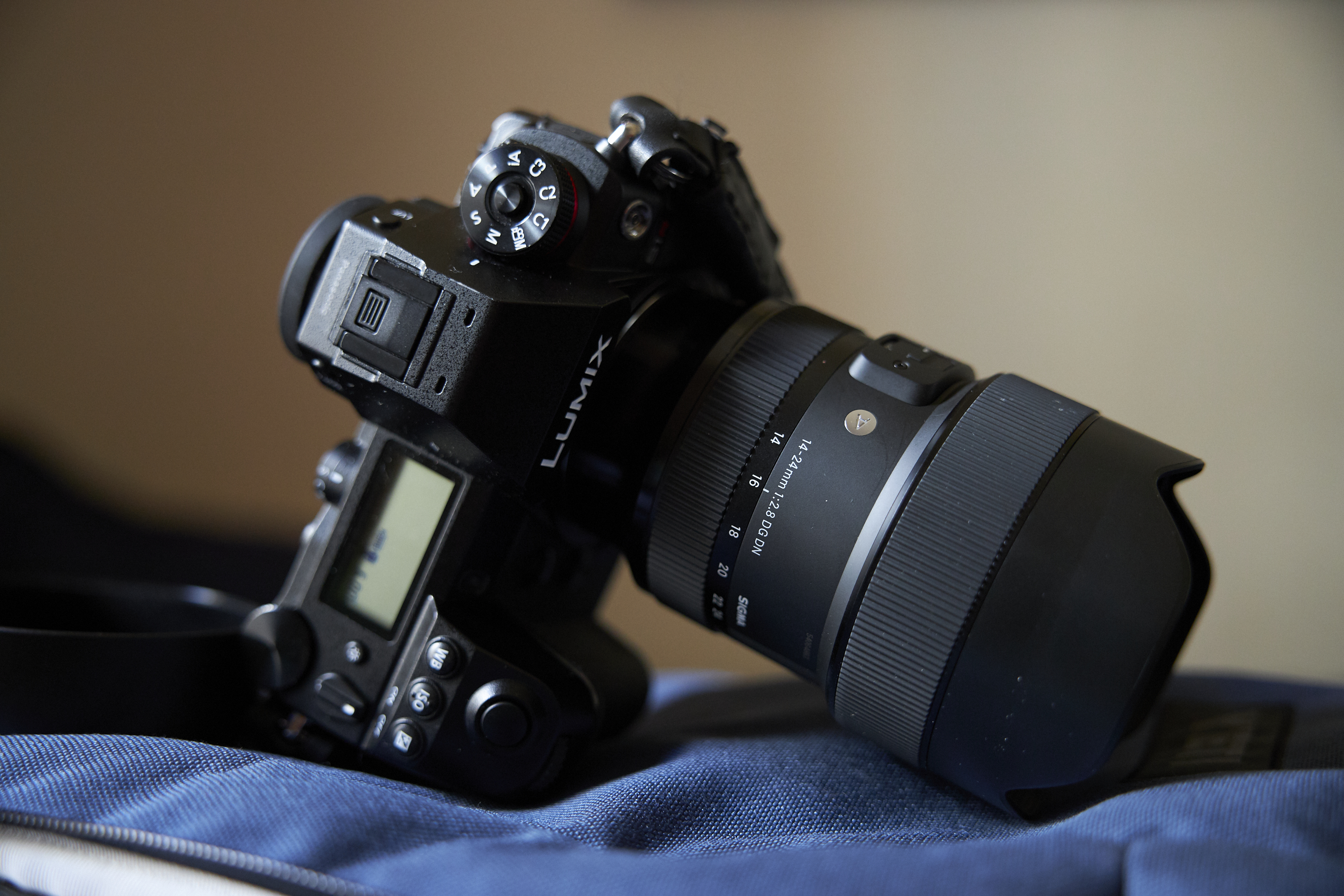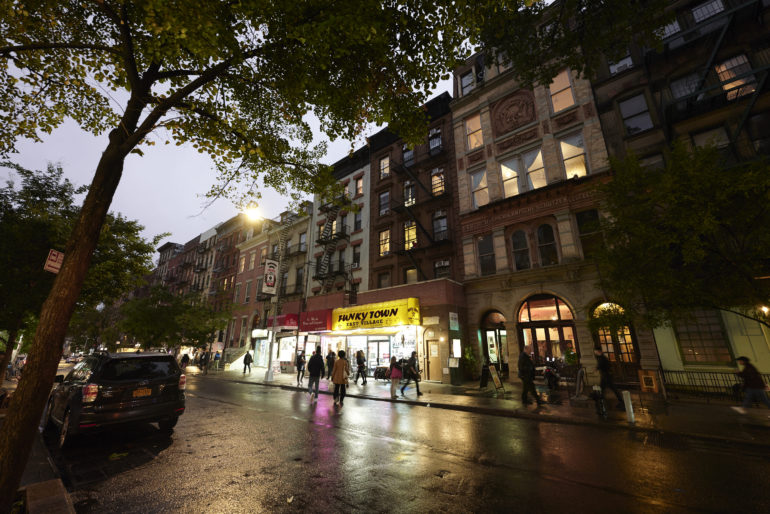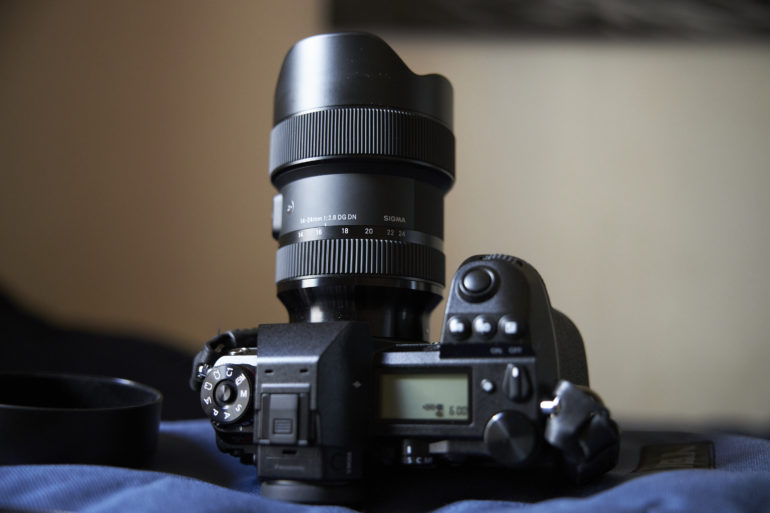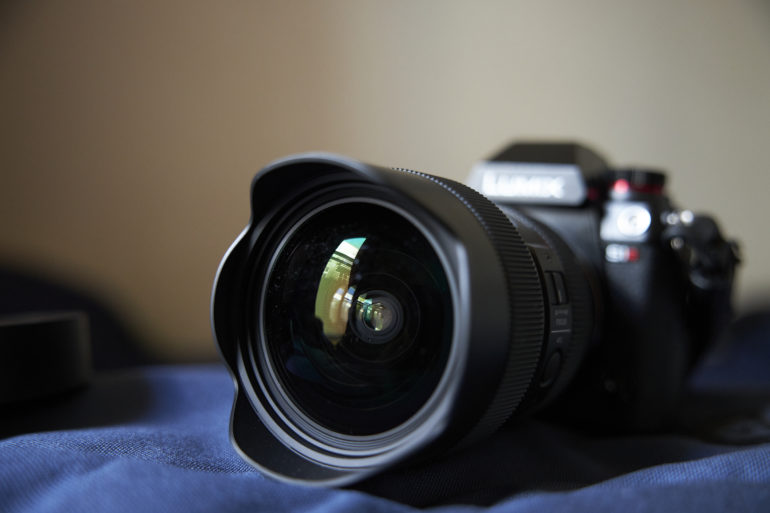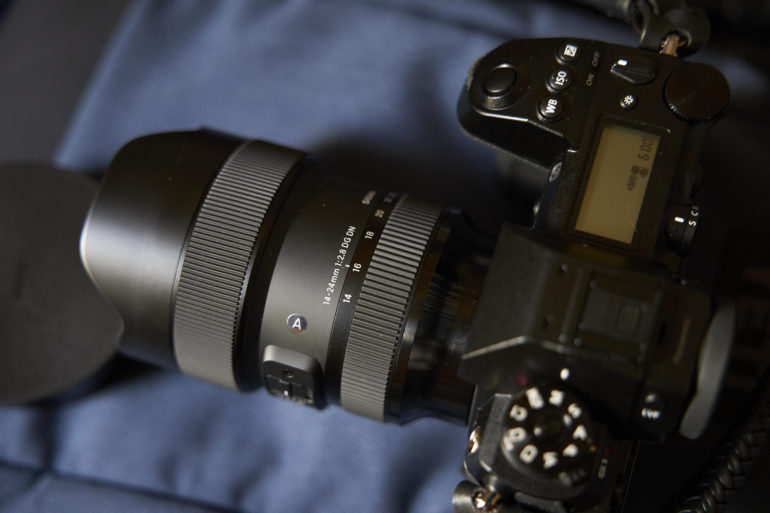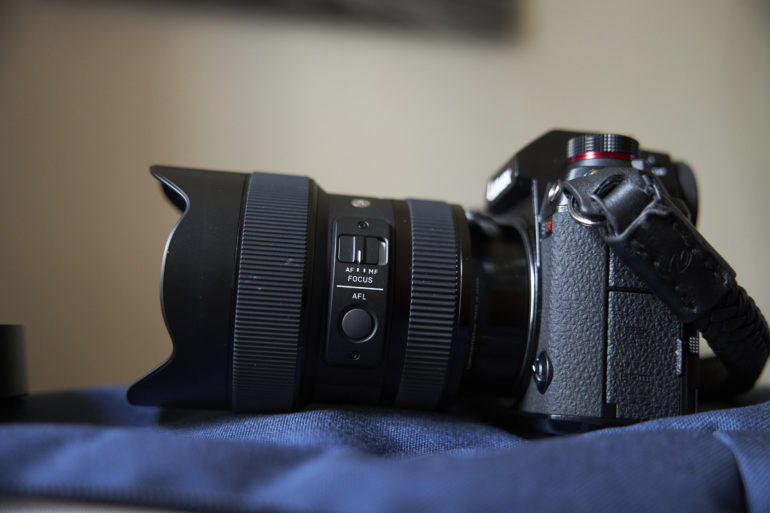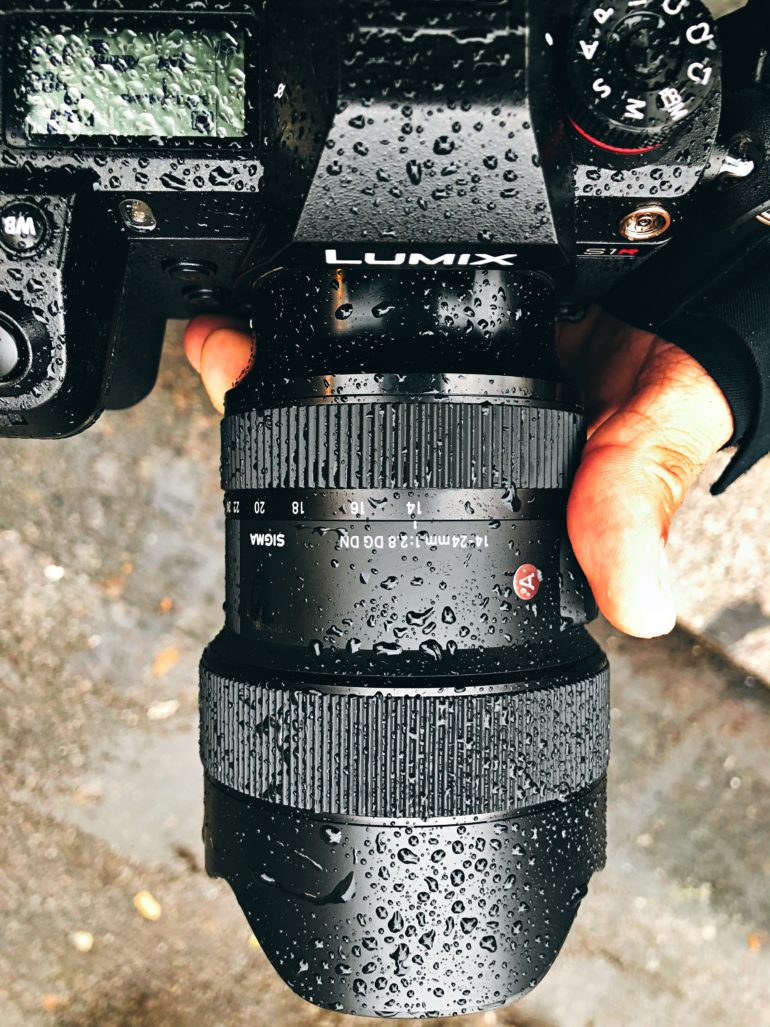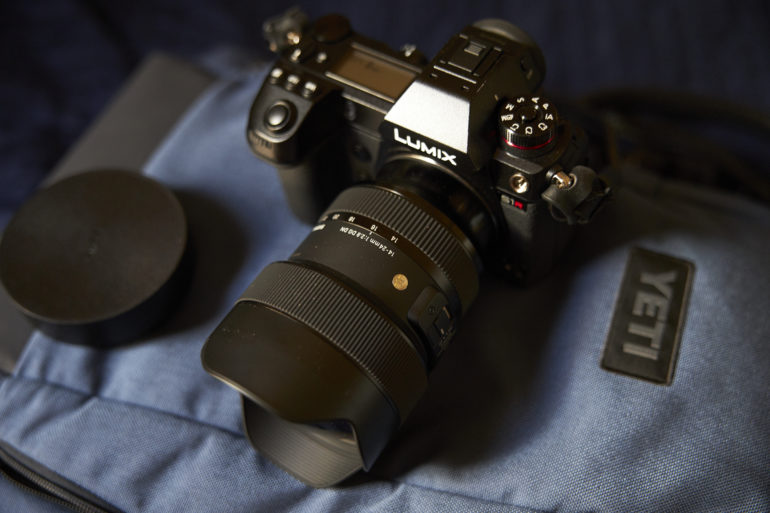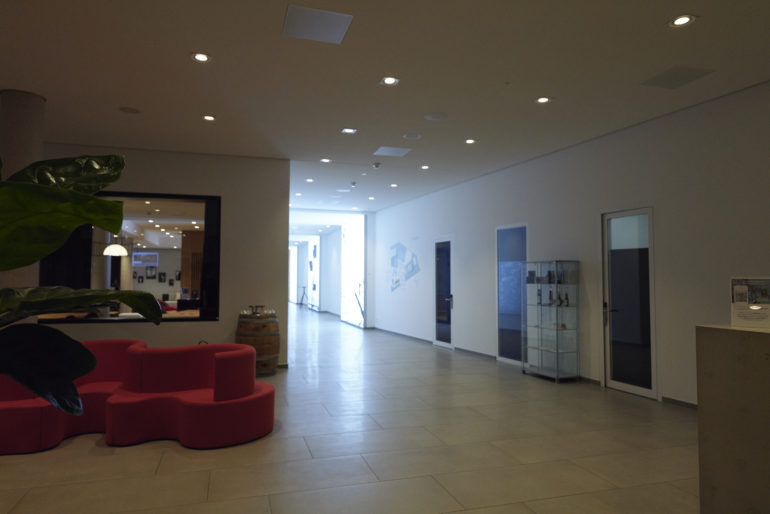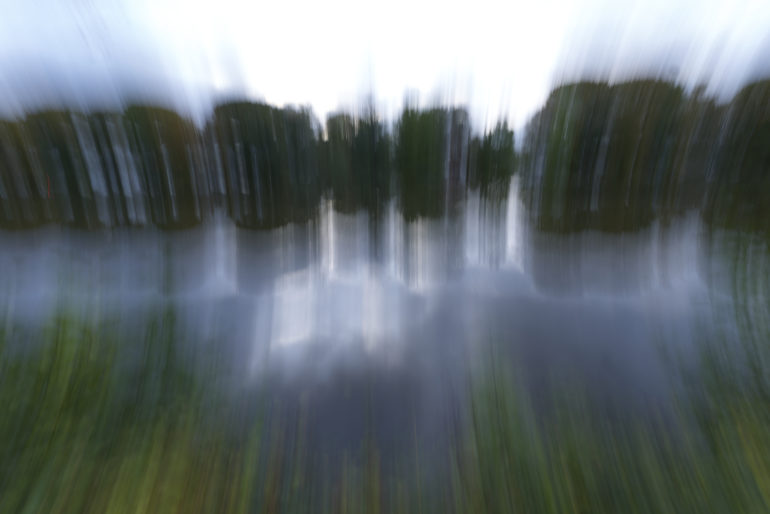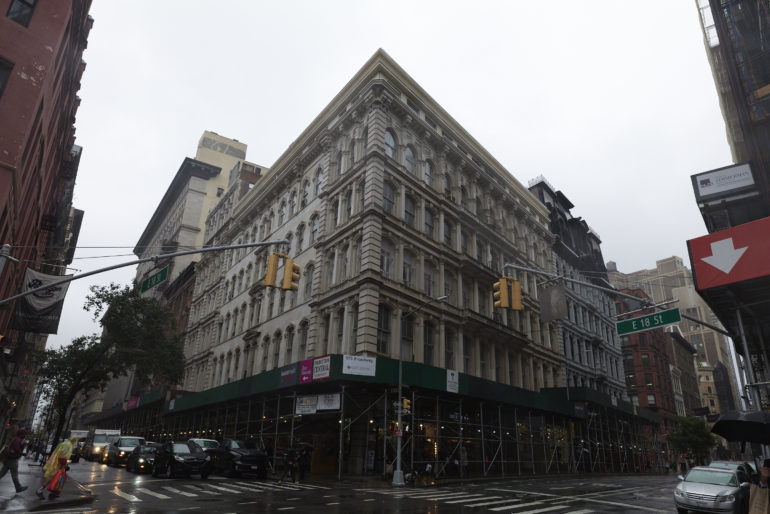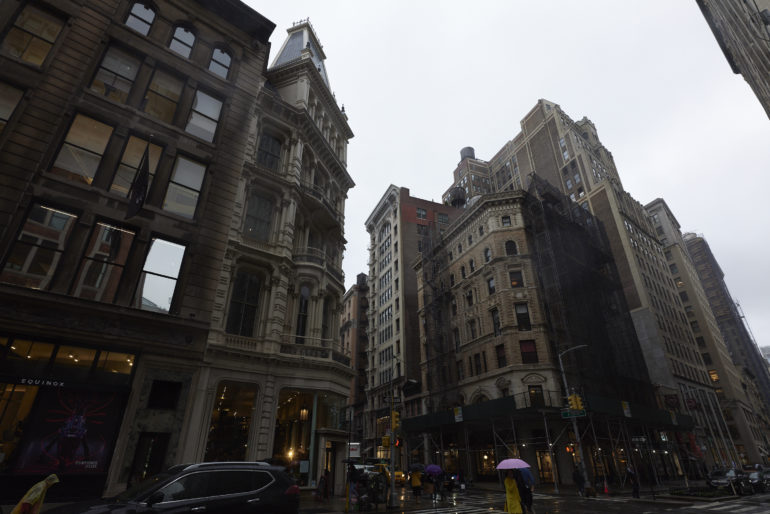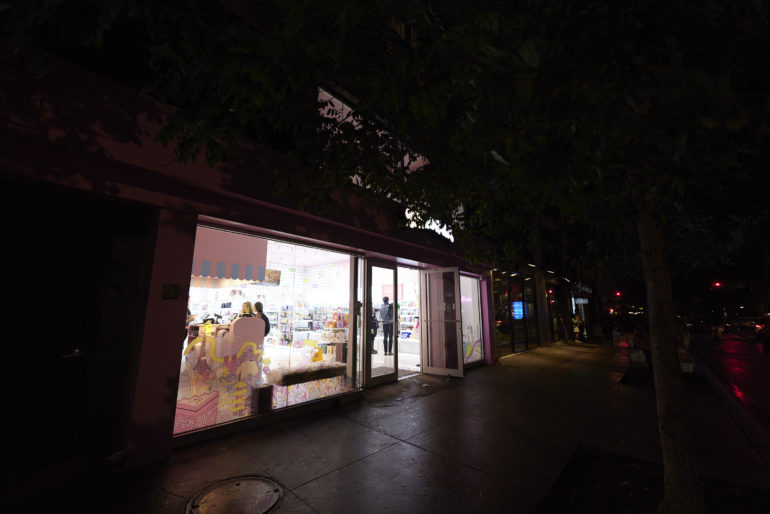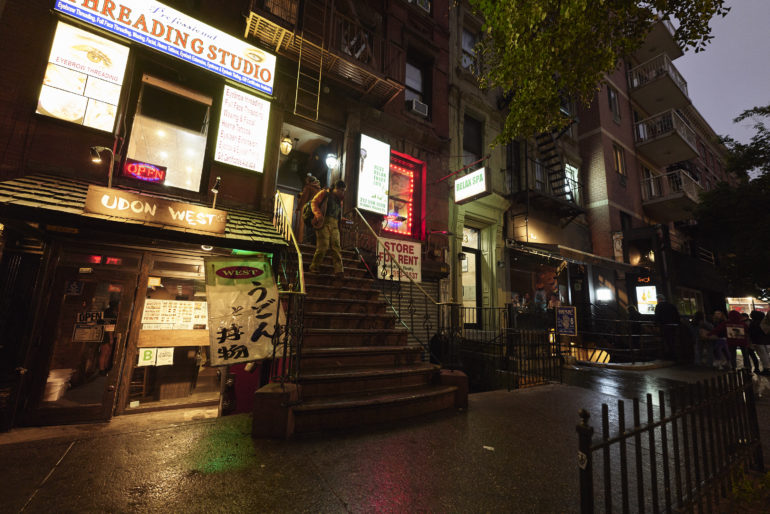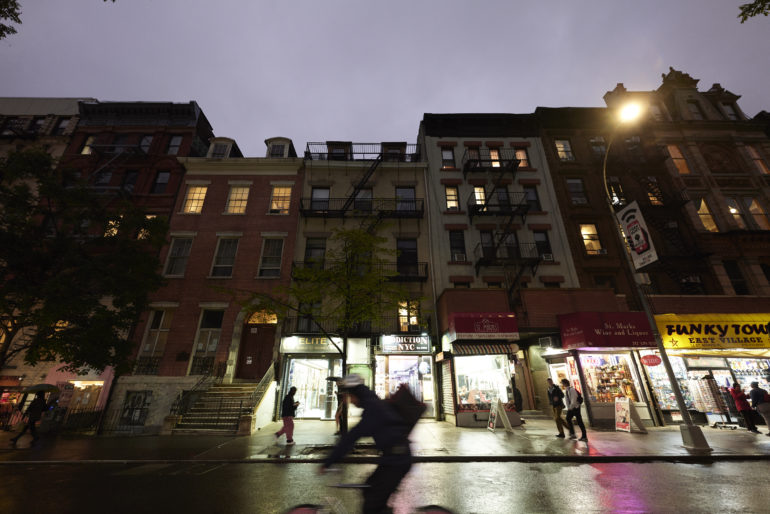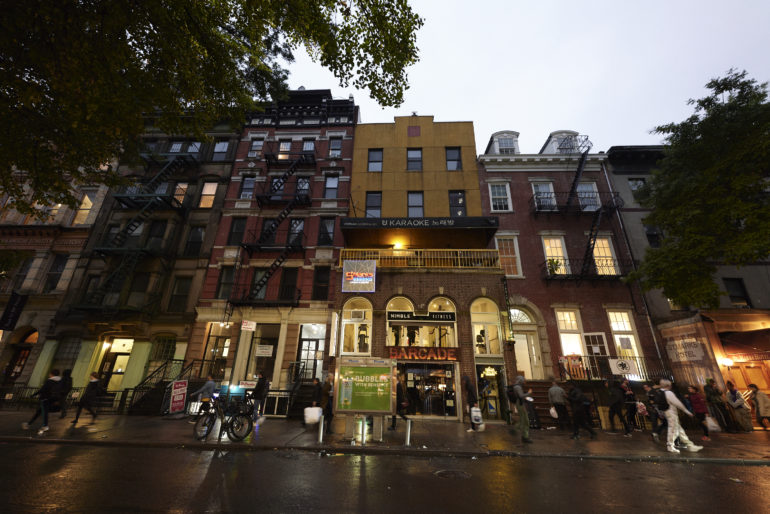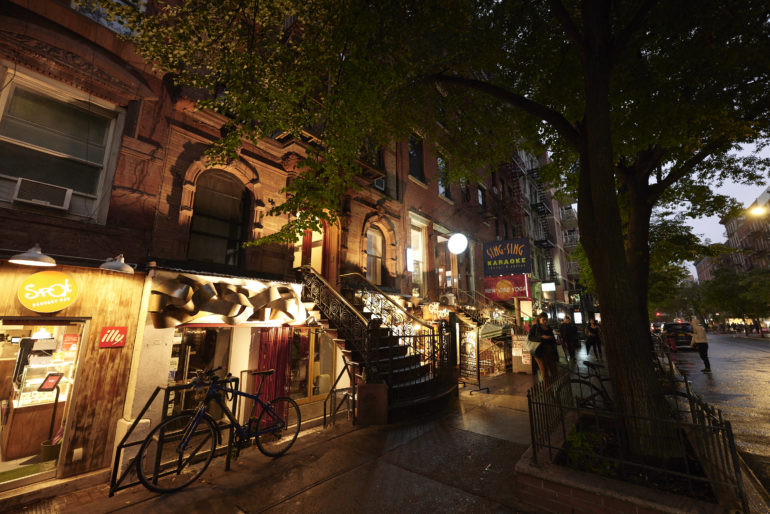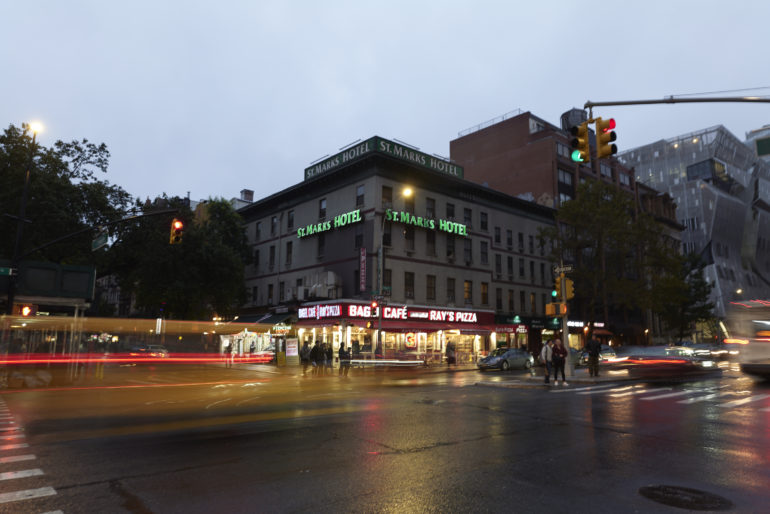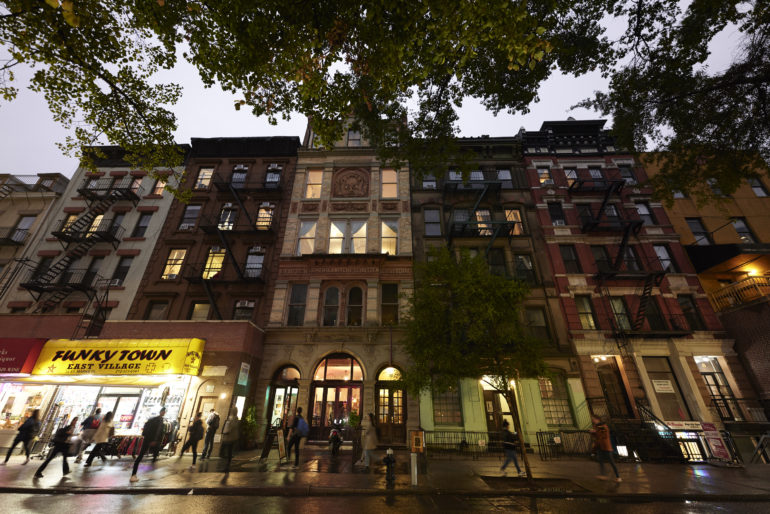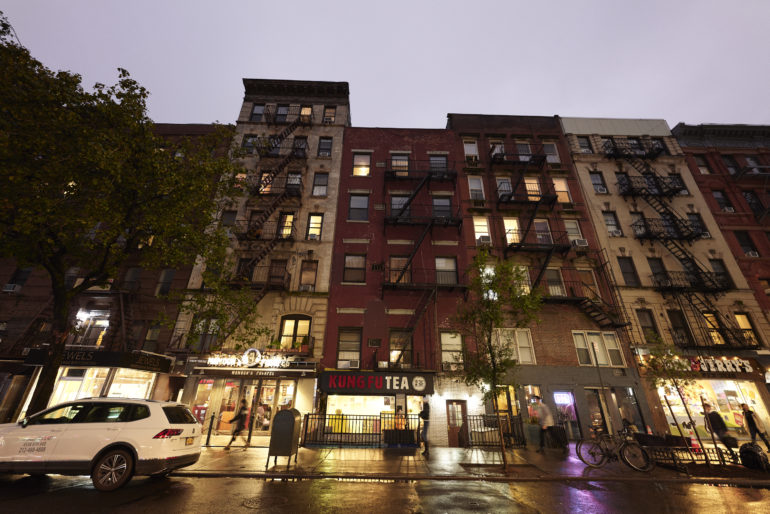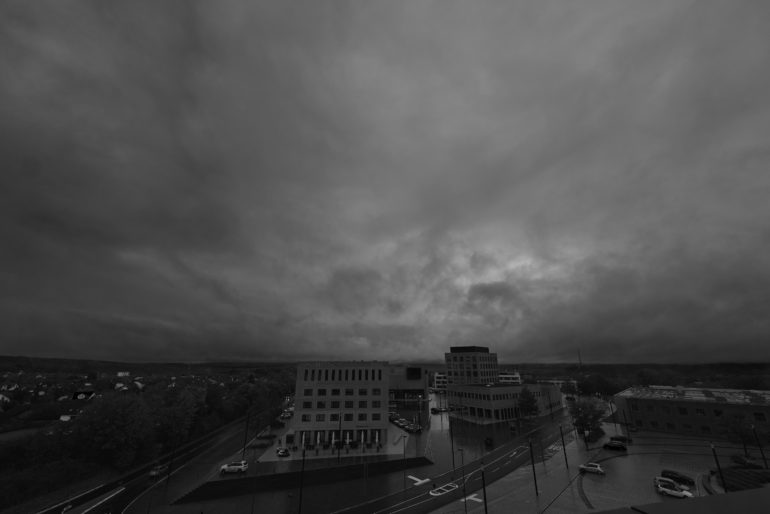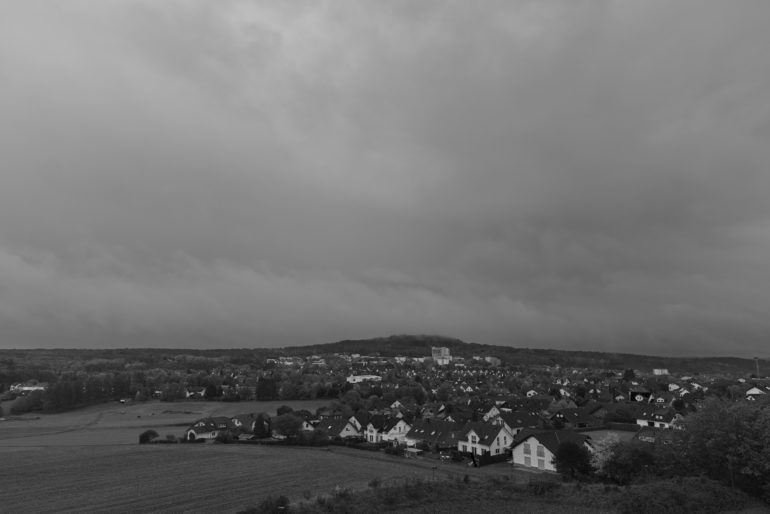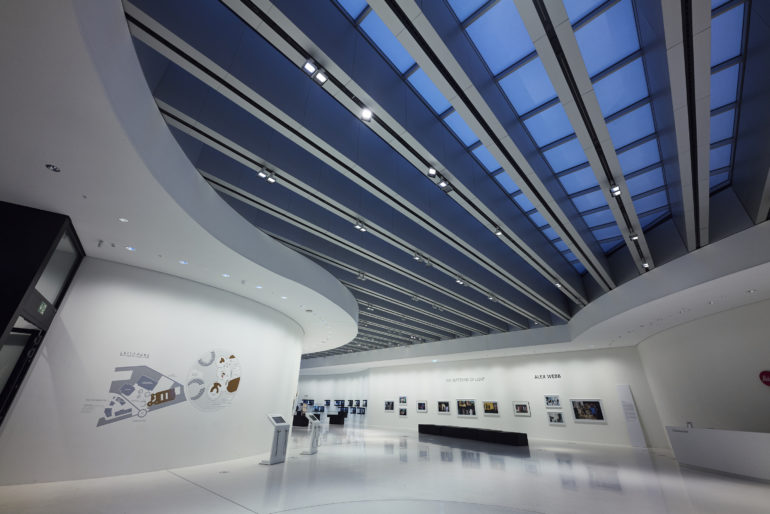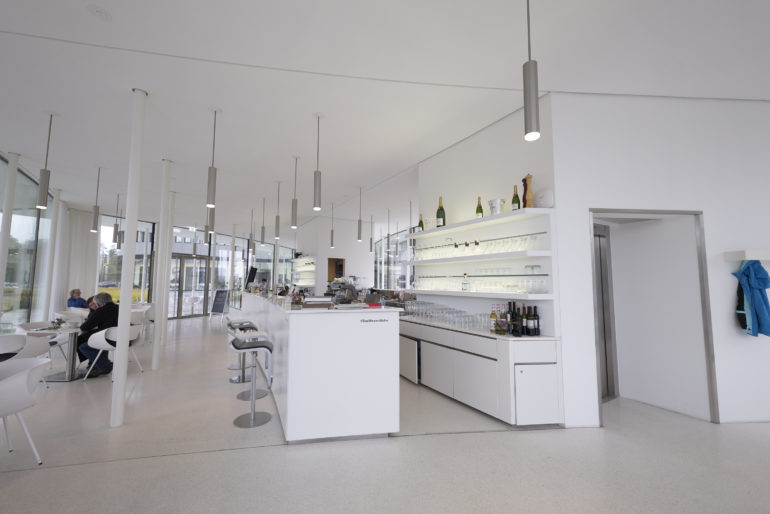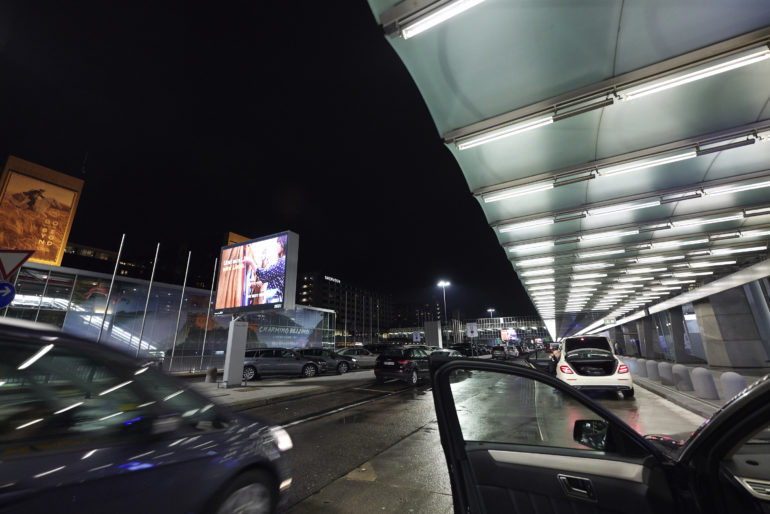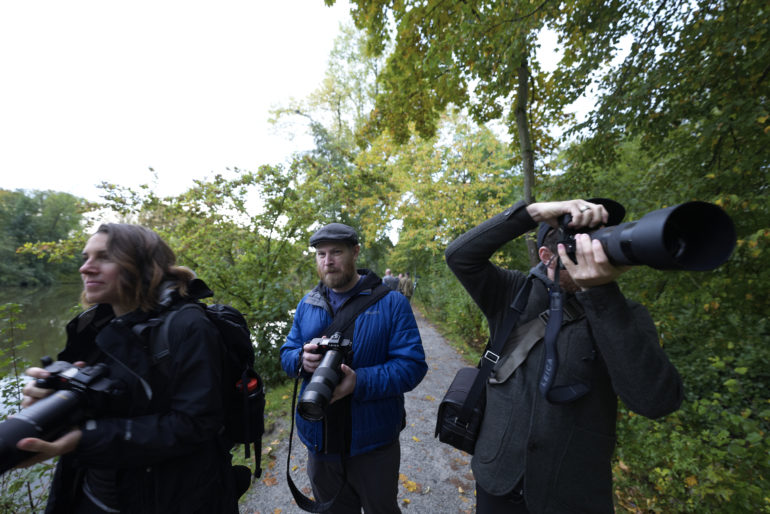Last Updated on 02/05/2020 by Brett Day
No, the Sigma 14-24mm f2.8 DG DN Art isn’t the same lens as the DSLR version.
If you were to spring for one wide-angle zoom lens with a fast aperture on the market, chances are you’d go for the Sigma 14-24mm f2.8 DG DN Art. Sigma is arguably the best lens maker of our time even if you need to lift weights to use them. And with the case of the Sigma 14-24mm f2.8 DG DN Art, you’re going to get fantastic image quality. The cityscape, landscape, event, and travel photographers who use this lens will appreciate that it can more or less stay mated to your camera while providing a lot of versatility. It’s not a portrait lens, so if you’re the type of photographer who avoids photographing people, then the Sigma 14-24mm f2.8 DG DN Art is probably your choice.
Editor’s Note: Some of these images were shot while on a press trip with Leica to their headquarters in Germany. The trip was all expenses paid. However, we maintain that our opinions and views are sincerely our own. We express this to you as part of our commitment to our readers to be transparent.
Pros and Cons
Pros
- Weather sealed
- Fast to focus
- Sharp image quality: some of the best we’ve seen in a wide-angle zoom actually
- Solid build quality
Cons
- Sigma proves to us that they still have yet to figure out how to make a small zoom lens for mirrorless cameras
- L mount’s autofocus is very slow
- It’s big
Gear Used
We tested the Sigma 14-24mm f2.8 DG DN Art with the:
- Leica SL2
- Panasonic S1R
Tech Specs
Specs are taken from the Adorama listing for the Sigma 14-24mm f2.8 DG DN Art:
- Focal Length
- 14 to 24mm
- Maximum Aperture
- f/2.8
- Minimum Aperture
- f/22
- Lens Mount
- Leica L
- Format Compatibility
- Full-Frame
- Angle of View
- 114.2 Degree to 84.1 Degree
- Maximum Magnification
- 0.14x
- Macro Reproduction Ratio
- 1:7.3
- Minimum Focus Distance
- 11″ (27.94cm)
- Optical Design
- 18 Elements in 13 Groups
- Diaphragm Blades
- 11, Rounded
- Focus Type
- Autofocus
- Image Stabilization
- None
- Filter Size
- Gel Filter (Rear)
- Dimensions (Diameter x L)
- 3.35 x 5.16″ (85 x 131mm)
- Weight
- 28.04 oz (795g)
Ergonomics
When you look at the Sigma 14-24mm f2.8 DG DN Art, you’ll see a lens with a fixed lens hood, two different rubber ring controls, and otherwise smooth textures. To ensure you’ve got a hold on it, you should be gripping the grooved rubber rings. Sigma lenses have been like this for years though, so for many of us, that’s nothing new.
The front element of the Sigma 14-24mm f2.8 DG DN Art is pretty large. If you want to use a filter with it, you’ll need to get a filter you can insert at the lens mount. From experience, I can tell you that the front element will pick up on rain and other things.
On the side of the Sigma 14-24mm f2.8 DG DN Art is the A moniker to indicate this is an Art lens. The rear ring is for zooming. Considering the size of this lens, that is a logical spot for it.
On the side of the Sigma 14-24mm f2.8 DG DN Art you’ll find an AF/MF switch along with an AFL button. In all honesty, I never ended up using these. I’m certain you’ll be the same.
Build Quality
We took the Sigma 14-24mm f2.8 DG DN Art out in the rain on more than one occasion. It survived and continues to operate. The photographer who will pull the trigger on the Sigma 14-24mm f2.8 DG DN Art should know that it’s going to stand up to abuse like this. If you’re shooting Real Estate with this lens, then know that your lens will keep working. If you’re the type to do urbex or landscape photography, then note that your lens will keep working and can survive a lot of rough and tumble. Indeed if we put it through this much rain, then it’s also going to survive being in a camera bag and going through a subway turnstile. What’s more, it’s still going to remain nice and grippy in the hand. We can’t say a bad thing about the Sigma 14-24mm f2.8 DG DN Art’s build quality.
Ease of Use
The Sigma 14-24mm f2.8 DG DN Art has a few controls. There is the focusing ring, the zooming ring, the AF/MF switch, and an AF/L button. But otherwise, you’ll mostly be zooming in and out. With this in mind, the Sigma 14-24mm f2.8 DG DN Art is simple to use. If you’re the type to want to manually focus your lens, then you’re going to be better off using the LCD screen and checking focus peaking. Combine this with stopping the lens down, and you should get a sharp landscape. What is unfortunate is there is no depth of field scale on the Sigma 14-24mm f2.8 DG DN Art. But that’s difficult to make with any zoom lens.
Autofocus
On the Pansonic S1R, the Sigma 14-24mm f2.8 DG DN Art focused as quickly as it really could. I’m sure it would do a lot better on Sony’s camera. But for what it’s worth, I wouldn’t use the Sigma 14-24mm f2.8 DG DN Art for anything beyond a stationary subject with the L mount alliance cameras. On the Leica SL2, the Sigma 14-24mm f2.8 DG DN Art focused quite a bit faster. For the most part, it’s accurate. I sincerely photographers have nothing to worry about with the Sigma 14-24mm f2.8 DG DN Art’s autofocus performance.
Image Quality
It comes as no surprise to us that the Sigma 14-24mm f2.8 DG DN Art gives us solid image quality each and every time. Sigma developed a similar lens for their DSLR cameras and this one isn’t that far off. Every sort of photographer that uses this lens will feel satisfied with the results they get. The best things about the Sigma 14-24mm f2.8 DG DN Art’s image quality are the colors and the sharpness. It’s capable of rendering bokeh, but you shouldn’t look to this lens for shooting beautiful bokehlicious images. Instead, accept it as a wide-angle zoom. With a wide angle comes a deeper depth of field.
Bokeh
The Sigma 14-24mm f2.8 DG DN Art is capable of delivering images with bokeh thanks to its close focusing abilities. At 24mm and f2.8 you’ll get the best bokeh this lens can offer, but it’s nothing worth writing home about. I doubt it’s even worth printing the image and hanging it on your fridge to remind yourself of how gorgeous the bokeh is. If you really want bokeh, you will need to spring for a prime lens. However, this lens exhibits great color, and because of this the bokeh can look really nice. But by and large, I wouldn’t purchase this lens for the bokeh.
Chromatic Aberration
As far as fringing or any issues like that go, the Sigma 14-24mm f2.8 DG DN Art doesn’t have any we were able to find. Sigma is again delivering higher quality at a lower price point. Photographers who like to complain about this will be elated to know that they don’t have to click a box to get rid of the fringing. In all sincerity, the photographers that like to get it right in-camera will be happy about this. If you’re of the mentality of getting it right in post-production, then you’ll want to complain about it.
So here is where we were able to still find distortion. I’m working on a personal project where turn scenes into images with painting-like qualities. I essentially pull a camera and lens down in a straight line while firing at slower shutter speeds.
Theoretically (and in reality) if a lens isn’t distorting a scene, then the lines here should be straight. But instead, the lines are concaving, and this means there is distortion. Of course, if you’re not doing this with the lens, you wouldn’t mind it. But when you embrace your creativity, you’ll start to see it. While you’ll find distortion, I can’t complain about it because this perspective can be used effectively too.
Color Rendition
During our testing, we tended to shoot in either auto-white balance, tungsten, or daylight. Throughout the test, we didn’t have any complaints about the colors. The Sigma 14-24mm f2.8 DG DN Art creates vivid images. We found this across both Panasonic and Leica’s cameras. The market Sigma is targeting with this lens cares about that. The saturated colors will look just as good in the rain and they will when shooting a landscape.
Sharpness
You’ll get the most sharpness from the Sigma 14-24mm f2.8 DG DN Art when stopped down just a bit. However, when shooting wide open the lens is capable of being very sharp as is. This again comes at no surprise. When photographers mate this lens with a high-resolution sensor, they’ll be happy to know that the images are going to be sharp, considering that their subjects are in focus. When you think about it, you’re almost always going to be focusing out to infinity or close up.
Extra Image Samples
Conclusions
Likes
- Feel
- Image quality
- Colors
- Weather sealing
- Autofocus speed
Dislikes
- Big size, but that’s understandable
- Sigma had a chance to make a lens that was different from everyone else’s and I wonder why they didn’t try to make this an f2.5 or something.
The Sigma 14-24mm f2.8 DG DN Art is a good lens in many ways. Not only does it have solid image quality, but you’ll be hard-pressed to best its build quality. For Sony E mount, you’ve got very good options with this, Sony’s 16-35mm f2.8 G Master, and Tamron’s 17-28mm f2.8 lenses. However, this lens is the best compliment to Sony’s trinity of zoom lenses. Event photographers, photojournalists, and landscape photographers will really enjoy this lens mated to their camera. Couple this with the autofocus speed and you’ve got something that’s bound to stay in your bag. It’s heavy and large for Sony, but with the L mount, it’s pretty much the same size as everything else. You have to expect big glass there. My only wish is that Sigma found some way to make it stand out from the rest of the crowd more through features or apertures. But you can’t always get what you want!
The Sigma 14-24mm f2.8 DG DN Art gets five out of five stars. Want one? The Sigma 14-24mm f2.8 DG DN Art can be had at Amazon,


